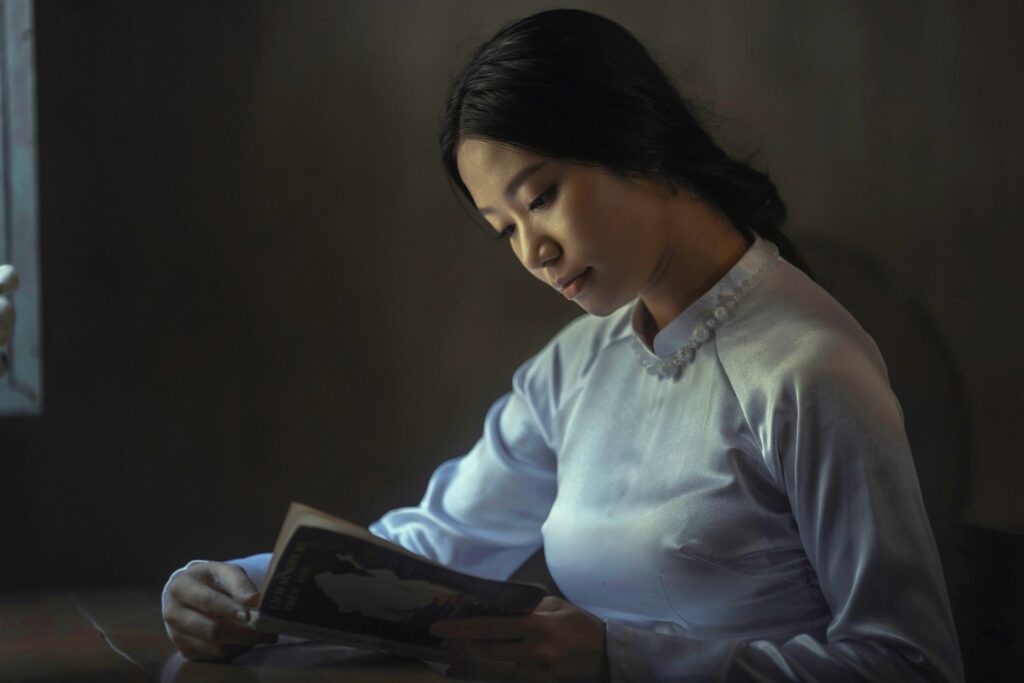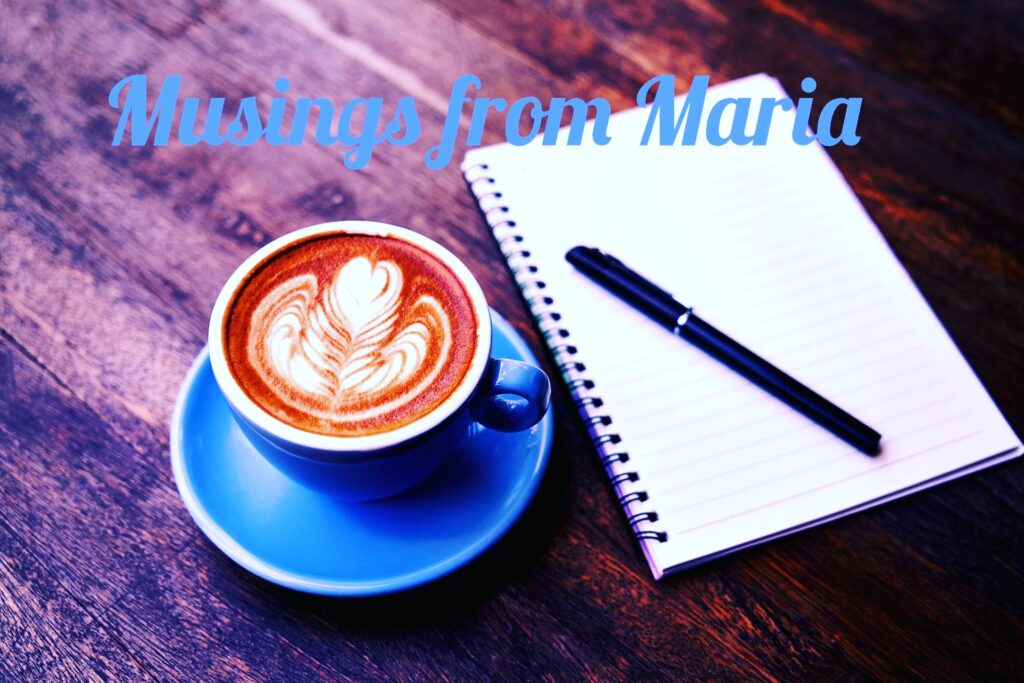The Writing Craft – Plot Twists

I thought it was about time for another blog in my ‘writing craft’ series – this week, we’re thinking about plot twists. Plot twists can be a great tool for writers to hook readers. It’s great when they leave readers shocked and on the edge of their seats wanting more.
However, can they ever be overdone? I was watching a series on Netflix recently – I won’t name it, as then you will expect a massive twist! The series starts out as a romantic suspense/thriller. At first it seemed a bit of a cliche, but with an original, fresh feel to it. The pacing was excellent, it was well acted and I found myself pretty gripped.
Pretty soon, the whole feel of the series began to change, until really it became a different genre. Then, quite near the end of the last episode, there was a massive plot twist. It didn’t just change the show, but everything I thought I knew about a particular character.
There can be advantages to this approach. It leaves the viewer/reader shocked to the core and keeps the plot in their minds for a long time. However, if you’ve connected with the characters and what you thought the story was, having a plot twist throw everything up in the air in the last moments can leave you feeling a little dissatisfied.
Here are three you might want to consider when thinking about plot twists.
1. Pace out your plot twists

As exciting as plot twists are, plot twists all over the place can be overwhelming to the reader. Allow time for your characters (and therefore the reader) to breathe and feel connected to the characters. Pile too many plot twists on at once and you risk the reader losing interest in the story altogether. Obviously if it’s a murder mystery, you might have far more plot twists than say a light cottage romance read. However, even in the former, having plot twists all over the place may leave your reader feeling lost.
2. Don’t rely too heavily on them
It might sound obvious, but a plot twist needs something fundamental to work – the plot itself. Sometimes the writer can rest too much on plot twists to do the work for them. You might be able to think of a TV show or book that was kind of interesting, maybe even a little dull – but then a plot twist turns everything on its head and that’s what keeps the reader or viewer interested.

Don’t get me wrong, using a plot twist to keep the reader interested is great -after all, that’s kind of what they are designed for. However, ideally, the plot will already be super interesting and have great character development.
I can’t remember where this is from, but I heard something recently that ‘you should be able to read any book or see any film twice – and it should be just as good with you knowing the twist’. If you watch that series or read that book with the twist that left you shocked, is it just as good the second time? Or does it feel kind of flat? For me, plot twists work the best when they subvert an already excellent plot. The best kind are ones you want to re-visit to see if you can spot any hints of what is coming.
3. To have or not have resolution
Plot twists can be used throughout the novel, although often a stand-alone won’t have any near the beginning, because there isn’t enough of a plot to twist yet. The most famous twists are right at the end of the novel or TV show. These can work really well to leave the reader feeling completely shocked. However, I mentioned earlier that it can sometimes leave the reader feeling dissatisfied, too. This can happen if the plot twist comes at the expense of resolution.

You’re probably familiar with the term but just in case you don’t know, resolution refers to the end of your novel, where most if not all conflict is resolved and all the threads are tied up. Sometimes if the book is part of a series the reader will expect some thread lines hanging to be picked up on in the next book, but most of the time readers enjoy having things tidied up in a neat package before the story ends.
However, if a plot twist happens right at the end of a novel or series, then it can mean leaving everything unresolved. This can have the benefit of leaving the reader massively shocked, but it can also leave the reader leaving dissatisfied. I’m not saying never use plot twists at the end because it’s where they can work the best – but maybe how it affetcs the novel’s resolution is something to consider.
So that’s a couple of things to consider when thinking about plot twists! How about you, what do you think makes a great plot twist?
Till next time,
Maria 🙂
PS Thanks for dropping by my blog! You can check out all my other blog posts, or other posts in my writing craft series. You can also find out more about me as an author and check out my published books.
Why not sign up for my newsletter? You’ll get a free preview of my fantasy novel Lottie’s Locket when you sign up. I also include a free preview of my first historical fiction novel with every edition. Feel free to connect with me on social media with the icons below, I’d love to connect with you!


Loved this post! Plot twists are a favorite of mine and I really enjoyed reading your thoughts on it. I especially liked the part about how a good twist still keeps the story just as interesting on the second time reading/watching. A good twist is being able to read through and see all the clues a writer left behind.
Thanks so much Niamh, lovely to hear from you! Glad you enjoyed the blog post. 🙂